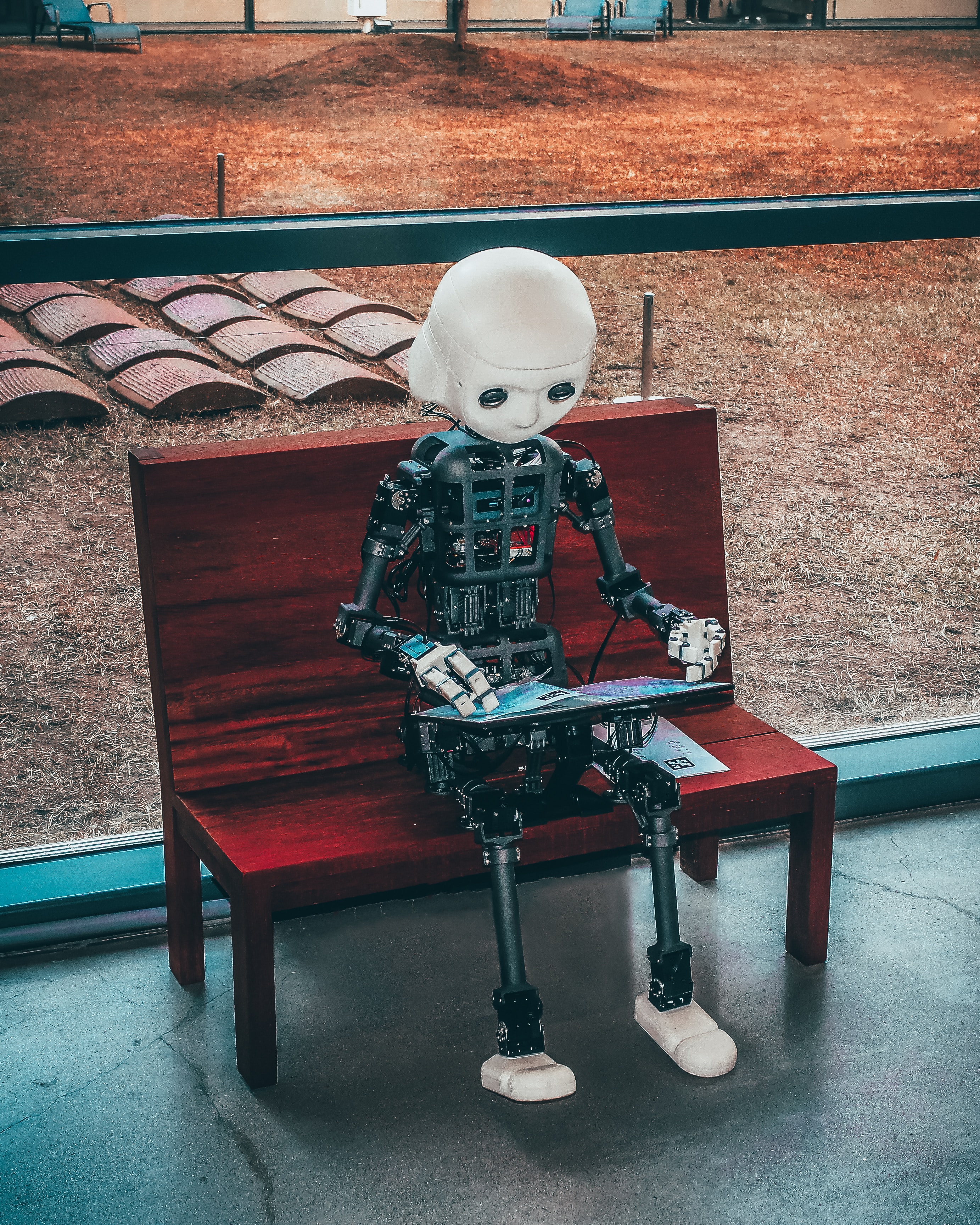

Will advanced automation and AI lead to mass unemployment, or will they create new job opportunities that we can't yet predict?
The impact of advanced automation and AI on employment is a complex and debated topic. While there are concerns about mass unemployment due to job displacement, historical evidence and expert opinions suggest that new job opportunities will likely be created as well. It is important to consider both the potential negative and positive effects of automation and AI on employment.
1. Potential for Job Displacement:
Advanced automation and AI have the potential to replace certain tasks and jobs that are repetitive, routine, or can be easily automated. For example, self-checkout systems in supermarkets have reduced the need for human cashiers, and automated manufacturing processes have decreased the demand for manual labor in factories.
Studies have estimated that a significant number of jobs could be at risk of automation. The well-known 2013 study by Carl Frey and Michael Osborne at the University of Oxford suggested that 47% of U.S. jobs were at high risk of being automated in the next couple of decades. However, it is crucial to note that these estimates are based on the assumption that current technology will be adopted in its entirety, without considering the potential for job transformation and creation.
2. Job Transformation and Creation:
While certain jobs may be automated, automation and AI can also lead to job transformation and the creation of new opportunities. History has shown that technological advancements often lead to job substitution rather than complete elimination. For example, the rise of ATMs in the banking sector reduced the need for bank tellers, but it also led to the creation of other customer service roles and expanded the financial services industry.
New jobs can emerge in sectors related to developing, implementing, and maintaining automation and AI technologies. These include roles in software development, data analysis, AI programming, cybersecurity, and robotics engineering. Furthermore, automation can free up human workers from mundane tasks, enabling them to focus on more creative, strategic, and higher-value work.
3. Historical Perspective:
Throughout history, technological advancements have consistently led to job market shifts rather than mass unemployment. The Luddite Fallacy, which refers to the belief that technological progress leads to long-term unemployment, has been debunked by numerous studies. The introduction of machines during the Industrial Revolution initially caused job displacement, but eventually led to new industries and higher productivity, resulting in overall job growth.
4. Expert Opinions:
Various experts and organizations have provided insights into the potential impact of automation and AI on employment. The World Economic Forum's Future of Jobs Report 2020 suggests that while automation may displace 85 million jobs by 2025, it could also create 97 million new jobs. The report emphasizes the importance of reskilling and upskilling the workforce to adapt to the changing job landscape.
Additionally, a survey conducted by the Pew Research Center found that a majority of technology experts and economists believe that automation and AI will not lead to widespread unemployment. They argue that although certain jobs may be automated, new job opportunities will arise due to the need for human skills that machines cannot replicate, such as creativity, critical thinking, and emotional intelligence.
In conclusion, while advanced automation and AI may lead to job displacement in certain sectors, the overall impact on employment is expected to be a combination of job transformation, substitution, and creation. Historical evidence and expert opinions suggest that new job opportunities will emerge as technology advances. To ensure a smooth transition, it is crucial for individuals, organizations, and policymakers to focus on reskilling and upskilling the workforce to adapt to the changing job market.
Related Posts
© 2025 Invastor. All Rights Reserved

User Comments